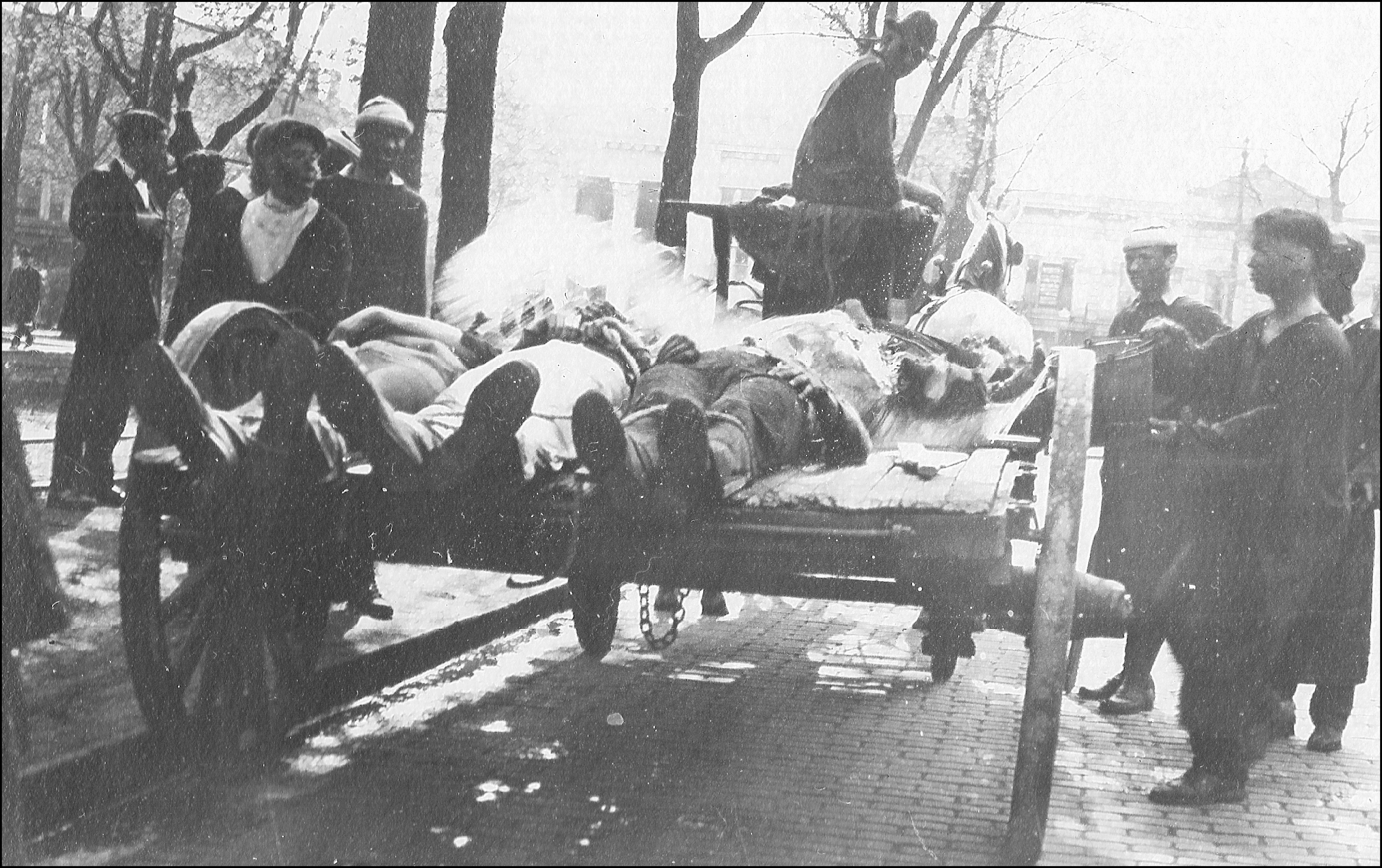|
Order Of Angell
The Order of Angell, known for decades as Michigamua, was a senior honorary society recognizing student leaders and outstanding athletes at the University of Michigan. For most of its history, its practices reflected images of Native Americans drawn from Euro-American popular culture. From Michigamua's founding in 1901 until the 1970s, membership was a badge of distinction. From the 1970s on, the society drew rising criticism for admitting only men; for the form of cultural appropriation known as "playing Indian;" and for possessing Native American artifacts. By 1999, when women were first admitted, the organization had discarded many of its ''faux''-Native American references and practices. But in 2000, protesters took over the group's headquarters and demanded its ouster from the campus. Soon afterward, Michigamua lost its official recognition and its meeting room. In 2006-07 it reorganized as the Order of Angell with a vow to foster diversity and draw its members from the broad ... [...More Info...] [...Related Items...] OR: [Wikipedia] [Google] [Baidu] |
Michigamua Hazing Ritual, 1924
The Order of Angell, known for decades as Michigamua, was a senior honorary society recognizing student leaders and outstanding athletes at the University of Michigan. For most of its history, its practices reflected images of Native Americans drawn from Euro-American popular culture. From Michigamua's founding in 1901 until the 1970s, membership was a badge of distinction. From the 1970s on, the society drew rising criticism for admitting only men; for the form of cultural appropriation known as "playing Indian;" and for possessing Native American artifacts. By 1999, when women were first admitted, the organization had discarded many of its ''faux''-Native American references and practices. But in 2000, protesters took over the group's headquarters and demanded its ouster from the campus. Soon afterward, Michigamua lost its official recognition and its meeting room. In 2006-07 it reorganized as the Order of Angell with a vow to foster diversity and draw its members from the broad ... [...More Info...] [...Related Items...] OR: [Wikipedia] [Google] [Baidu] |
